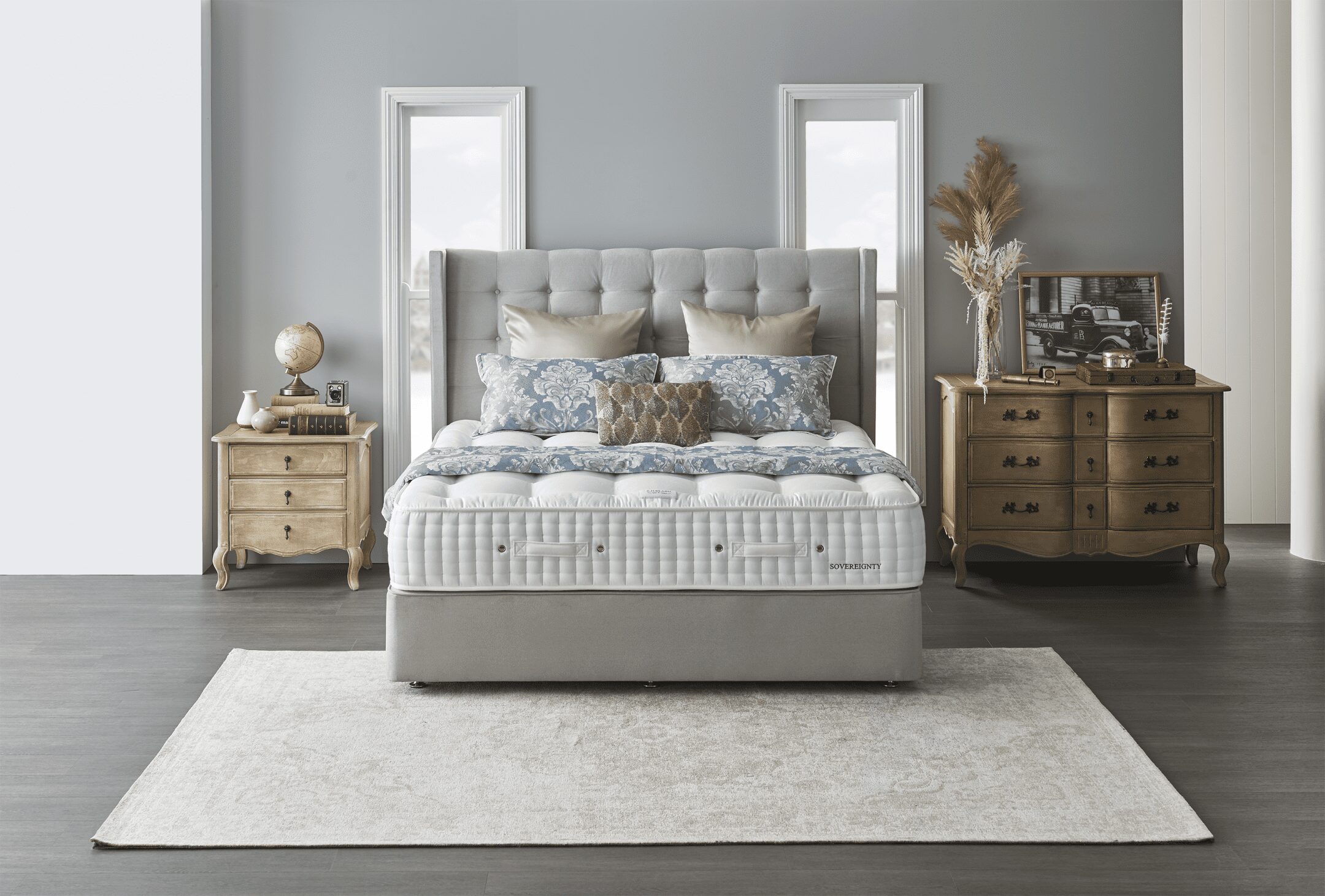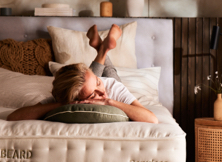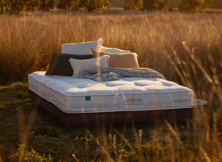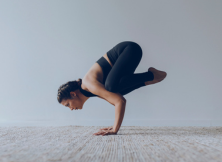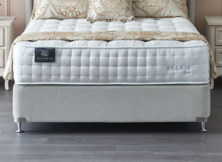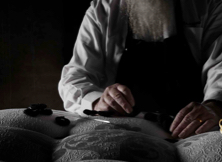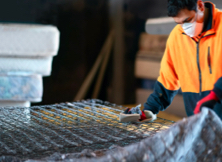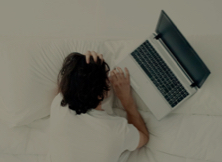Are you one of the many Aussies or Kiwis who does shift work?
Firstly, give yourself a pat on the back. Shift work isn’t easy – you need to be alert and functioning at a high capacity at night when your body is designed to sleep, and you need to sleep through the day – when you’re hard-wired to be awake.
Secondly, we understand shift work involves having to adopt different sleeping patterns from those who work 9-5. Shift workers make up over 16% of Australia’s workforce (1) and 12% of New Zealand’s (2), and they lose an average of 1.5 hours of sleep per night compared to others (3).
This kind of sleep deprivation means shift workers experience greater fatigue than others, both mentally and physically (4). They are at a higher risk of being involved in workplace accidents or driving accidents due to tiredness (research has shown shift drivers are 6 times more likely to be in a fatigue-related road accident than other workers) (3). To put this into perspective, losing 2 hours of sleep a day for four days (or nights) has the same effect as missing an entire night’s worth of sleep.
What is shift work?
Shift work is considered any work that exists on shifts with a schedule outside the usual 9-to-5.
Shift work disrupts your circadian rhythm – your inner body clock that regulates when to fall asleep and wake up, the release of hormones, and the body’s temperature. And when so much sleep is lost, the only way to bounce back and repair the brain and body from fatigue is to catch up on your sleep debt. What’s more, improving your sleep quality will give you the energy you need to perform at your best on shift.
To avoid fatigue, shift workers should aim to get as close to 7-8 hours of sleep as possible (the average amount of sleep as a normal adult, regardless of what kind of work they do).
But how can you achieve this when you’re rostered on to work abnormal hours?
Here are some tips on how to sleep well as a shift worker.
- Ensure your room is dark – use blockout curtains or blinds to prevent light from coming through the windows during the day.
- Ensure that you have a comfortable mattress, bed base and pillow, and that your room is neat and free from clutter.
- Make sure the room temperature (link to Ideal Room Temperate blog when live) isn’t too hot. The best temperature for sleeping is between 18-22 degrees celsius.
- Remove phones, computers and other screens from your bedroom. The blue light emitted by smartphones and tablets stimulates the brain, making it more difficult for you to fall asleep.
- Let friends, family and neighbours know your schedule so that they don’t try to contact you during your precious sleep time.
- Be mindful of what you eat and drink before sleeping. Avoid caffeine, dark chocolate and heavy, fatty meals that are hard to digest (and try some of these foods instead!)
- Avoid smoking. Smoking is a stimulant, and will only keep you brain and body awake.
- You may need some time to unwind mentally between the end of your shift and bedtime. If your mind is still racing when you get home, try reading a book.
- Introducing white noise or sleep sounds to block out external noise may be helpful. The A.H. Beard Nox Smart Sleep Light provides soothing sounds designed to help you sleep – as well as emitting red light that encourages the production of melatonin, the brain’s sleep chemical. Explore different sleep solutions to find one that will help you get quality sleep through shift work.
We understand that every job is different. Here’s some sleep advice for the different types of shift work you may be doing:
Fast shift rotations (changing shifts every few days):
- Have a nap at home, preferably in the early afternoon, before your night shift.
- Soak up some sun: before and after your night shift.
- Avoid heavy meals at night.
- Have a 20-minute nap during your night shift if possible, allowing 10 minutes to wake up gradually before getting up and resuming work. Research shows that 20 minutes of sleep rejuvenates the brain to function at a higher capacity than before (5).
Slow shift rotations (changing shifts every week or so):
- Go to bed as soon as you get home from night shift.
- Have an afternoon nap if you didn’t get enough sleep in the morning.
- Avoid napping during the night shift unless you’re very sleepy, and if you do nap, keep it short, no more than 20 minutes (the optimum time for naps, based on the REM cycle, is either 20 minutes or 90 minutes – 30-60-minute naps will likely leave you feeling worse) (5).
- Try to avoid exposure to early-morning daylight on the way home (invest in some big, dark sunnies!)
- Find an alternative to driving yourself home if you find yourself becoming sleepy during your commute. As mentioned earlier, microsleeps and road accidents are more common among shift workers – and your safety is paramount.
- Still eat three regular meals a day, including ‘lunch’ during your night shift.
- Get plenty of exposure to daylight on your days off, including doing some exercise outdoors.
Permanent night shift
Permanent night shift workers, or those returning to night shift after some time off, can use the slow shift rotation tips mentioned above. In addition to those points, the key to surviving night shift is to try to stay with your night shift sleep cycle as much as possible, including:
- Avoid morning sunlight: stay indoors as much as possible, and if you must go out in early daylight, wear sunglasses as this can help.
- Go to bed later and wake up later (for example, go to bed after midnight and wake up late in the morning). This will help your circadian rhythm function as close to its full, healthy capacity as normal – just slightly later than was designed.
- Australian Bureau of Statistics, Australian Labour Market Statistics, Oct 2010 https://www.abs.gov.au/ausstats/[email protected]/featurearticlesbyCatalogue/5461A9DAE97FF759CA2578C300153388?OpenDocument
- Stats NZ, Survey of working life: 2018 https://www.stats.govt.nz/reports/survey-of-working-life-2018
- https://www.healthnavigator.org.nz/healthy-living/sleep/shift-work-and-sleep/
- https://www.betterhealth.vic.gov.au/health/healthyliving/shiftwork
- https://www.sleep.org/articles/what-is-a-power-nap/

